“A longing to wander tears my heart when I hear trees rustling in the wind at evening.
If one listens to them silently for a long time, this longing reveals its kernel, its meaning.”
Hermann Hesse, Wandering, 1920
On the 16th June I was joined for an evening walk by Professor Penny Florence. I am thrilled that Penny has agreed to contribute to this project, our shared walk and conversation the start of many I hope.
Due to continuing Covid restrictions we arranged to walk together but separately, remotely joined by our mobile phones.
Penny was walking on her local coastal wetland Marazion marsh, a recognised SSSI site which boasts Cornwall’s largest reed bed and an abundance of bird species.
I walked Little Woolden Moss, a fragment of peat bog on the outskirts of Salford, which was once part of the historic Chat Moss sitting within the catchment of the Mersey Estuary. Little Woolden Moss, saved from peat extraction in 2012 is a showcase for wetland renovation and conservation work.
We know our respective sites well, walk regularly and feel a strong connection of place. These sites were our starting points to begin thinking about what happens to us as we walk through a landscape?
Does walking enable the human body to connect to non-human rhythms and unseen energies?
Do these energies affect our sense of place?
Below are the field notes from our walk along with a selection of GoPro images captured during the walk:
Travelling on permissive paths/wandering off the path to get different perspective
Drizzle / Sunny
Birdsong
Geological uniqueness of each site, natural boundaries.
Discussed ideas around chance encounters, leading to connections with alternative non-human lives and timescales.
Transitional zones, which the walking body encounters and travels through during a journey.
Connecting physical, visual and cognitive shifts.
Both experience emotional responses to places as we walk – familiarity and repetition of walking informs and builds deep connections over time. Durational observations revealing rhythms.
Technology and restrictions imposed by permissive paths created invisible and physical boundaries to our walk and yet facilitated a shared experience.
Thought about geology and unseen structures having a profound influence on the visible rhythms of the landscape which in turn affected the emotional experience.
Both sites had areas of trees – observed the presence of trees and how their structures changed both the light/physical atmosphere and the acoustics of the landscape.
Enabling wind to be heard and seen.
Different flows passing above and around us.
Observing the joy of encounters with non-human rhythms experienced when walking.
“Seeing the world as mere object implies its exploitation: seeing it, or feeling it, as a mirror of the self is more or less an ecological position, may imply a sense of caring and of living in relation to rather than exerting power over worlds”.
Malcolm Miles
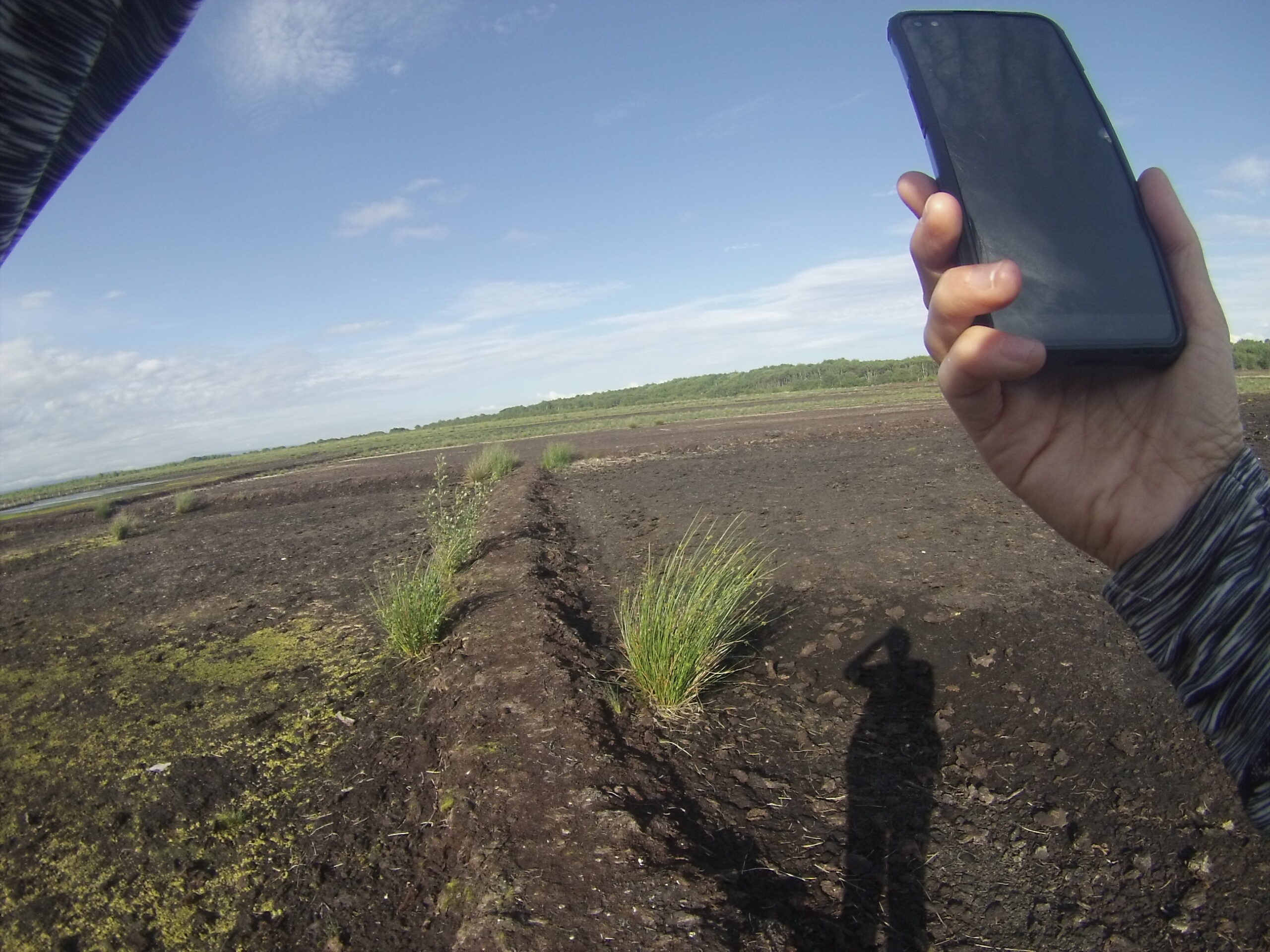
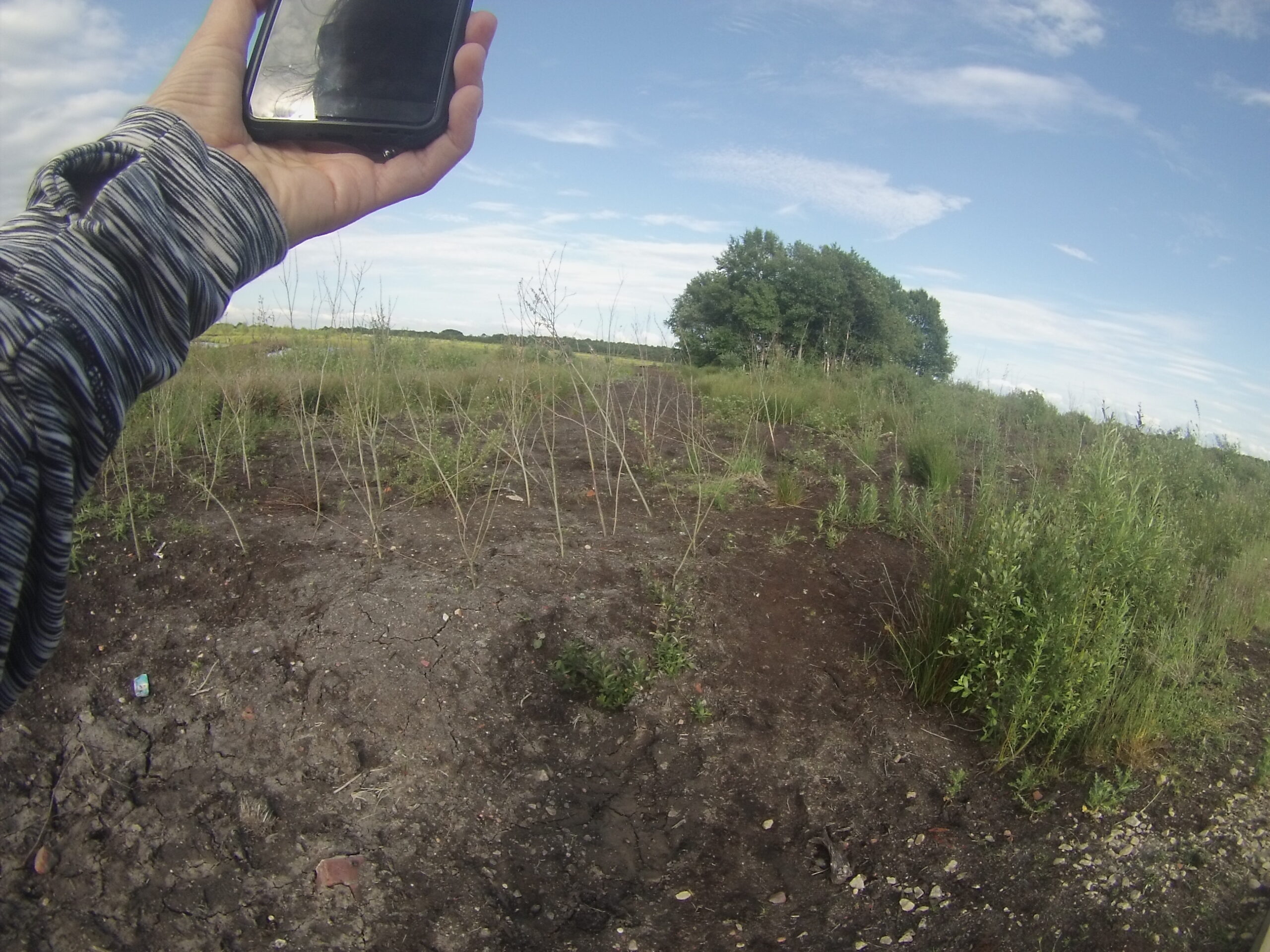

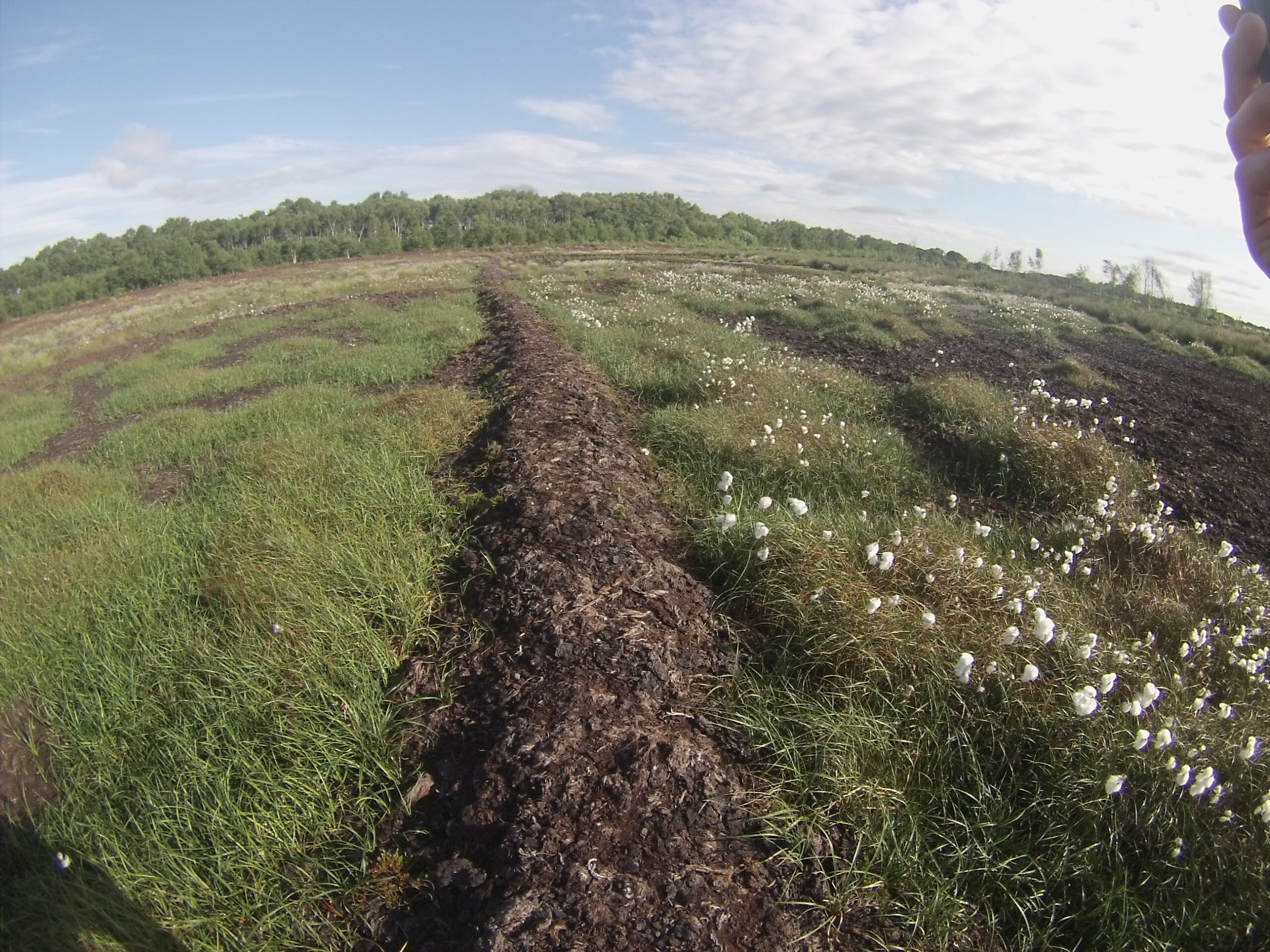
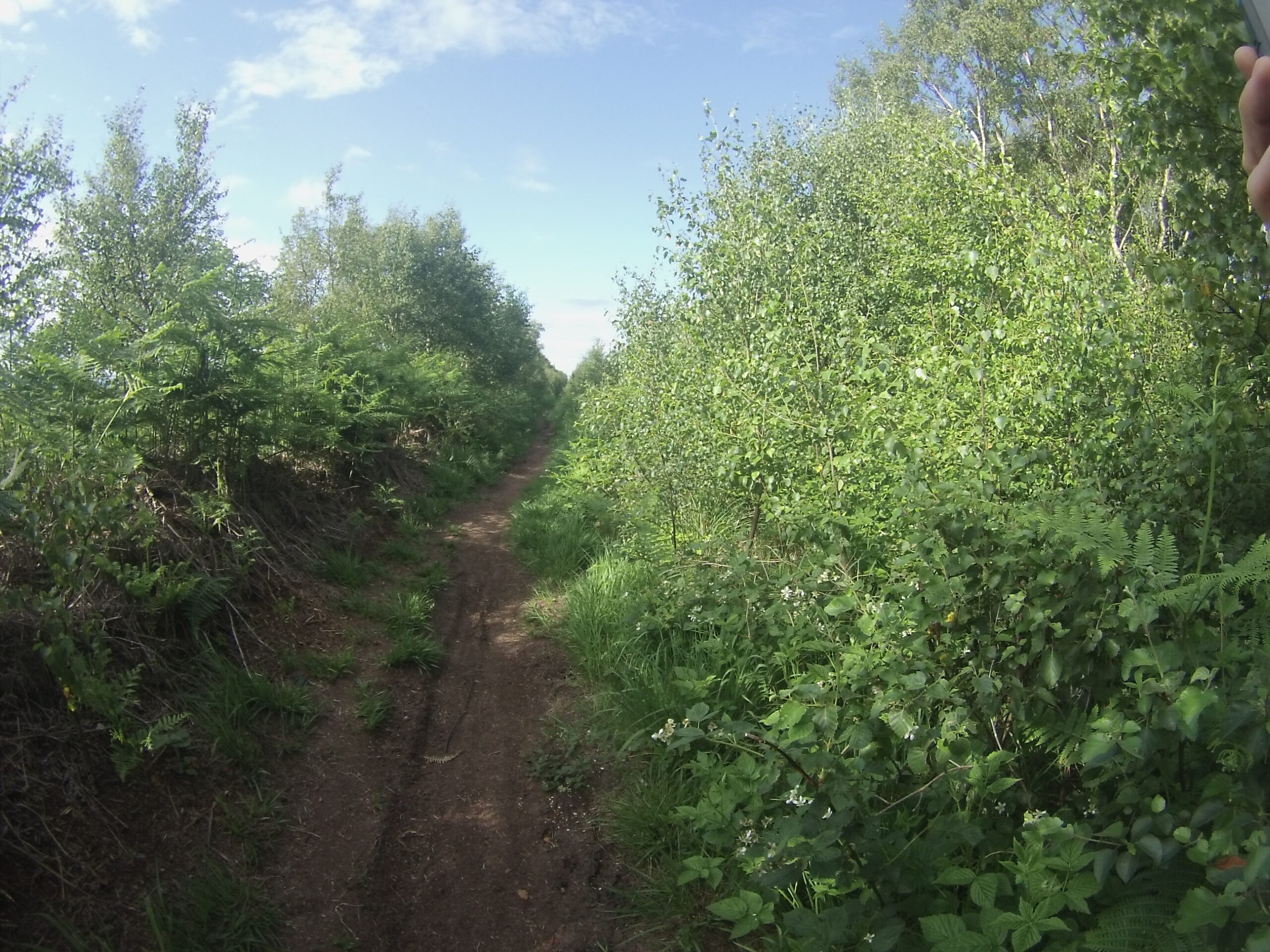
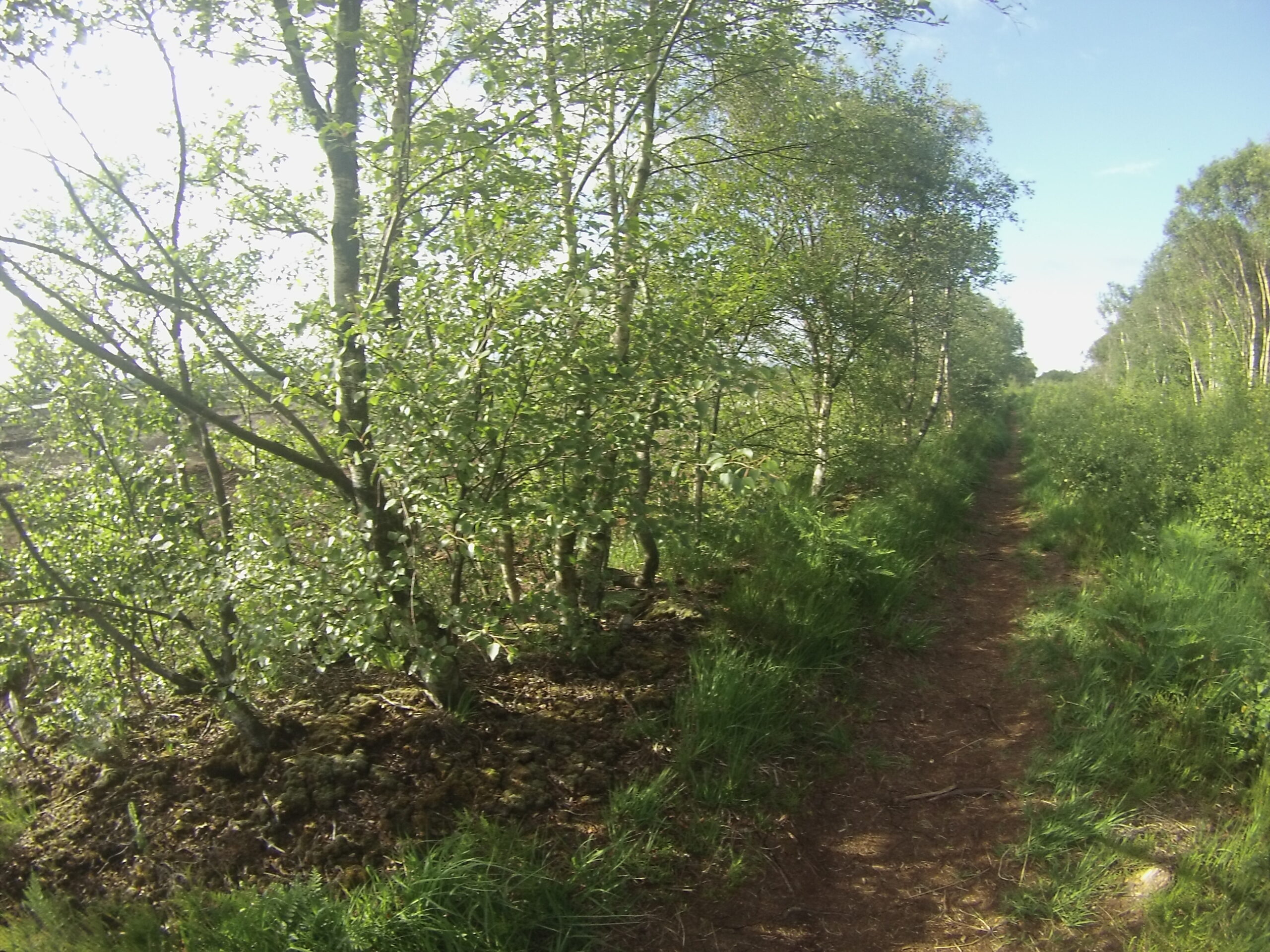

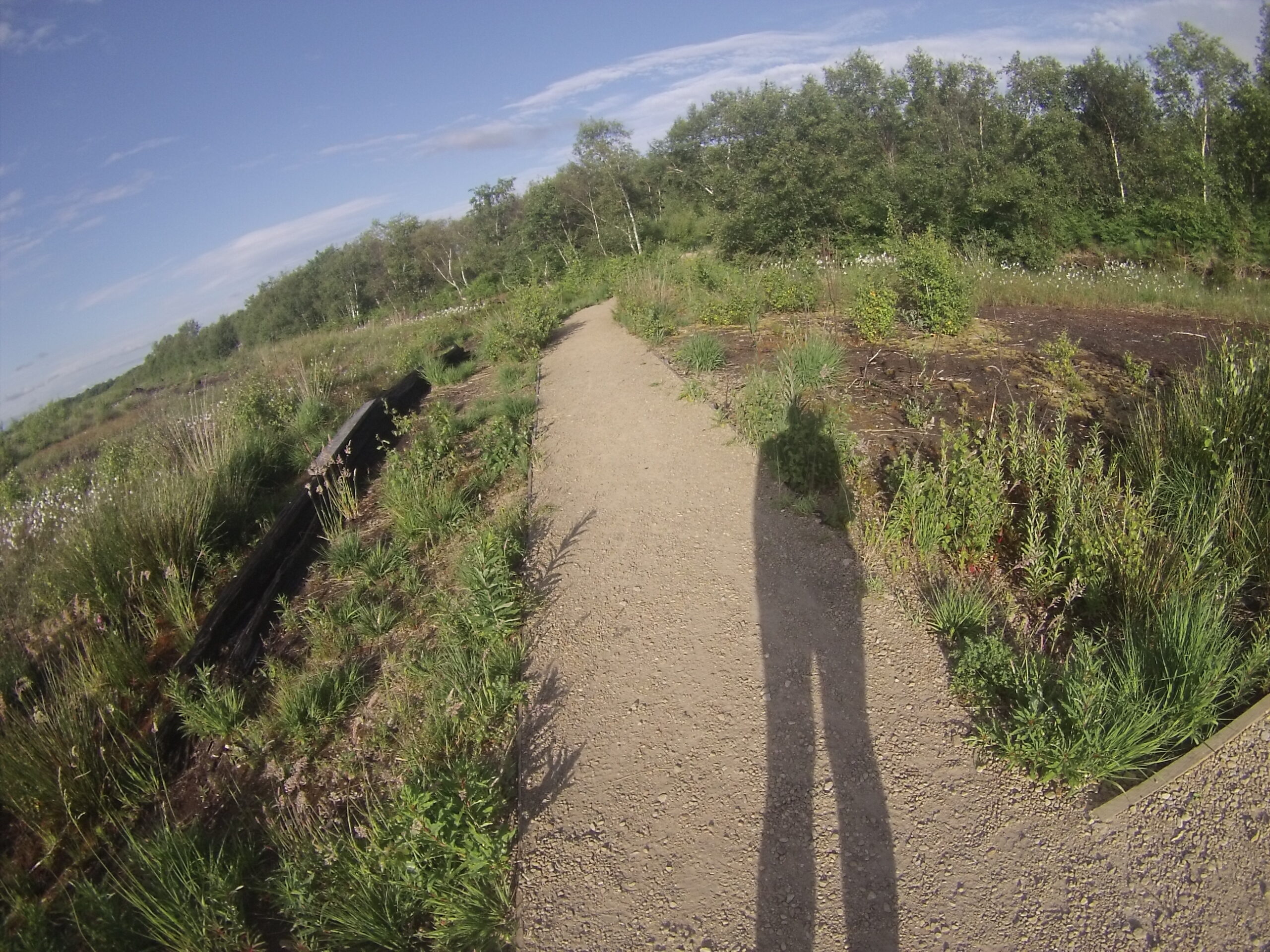

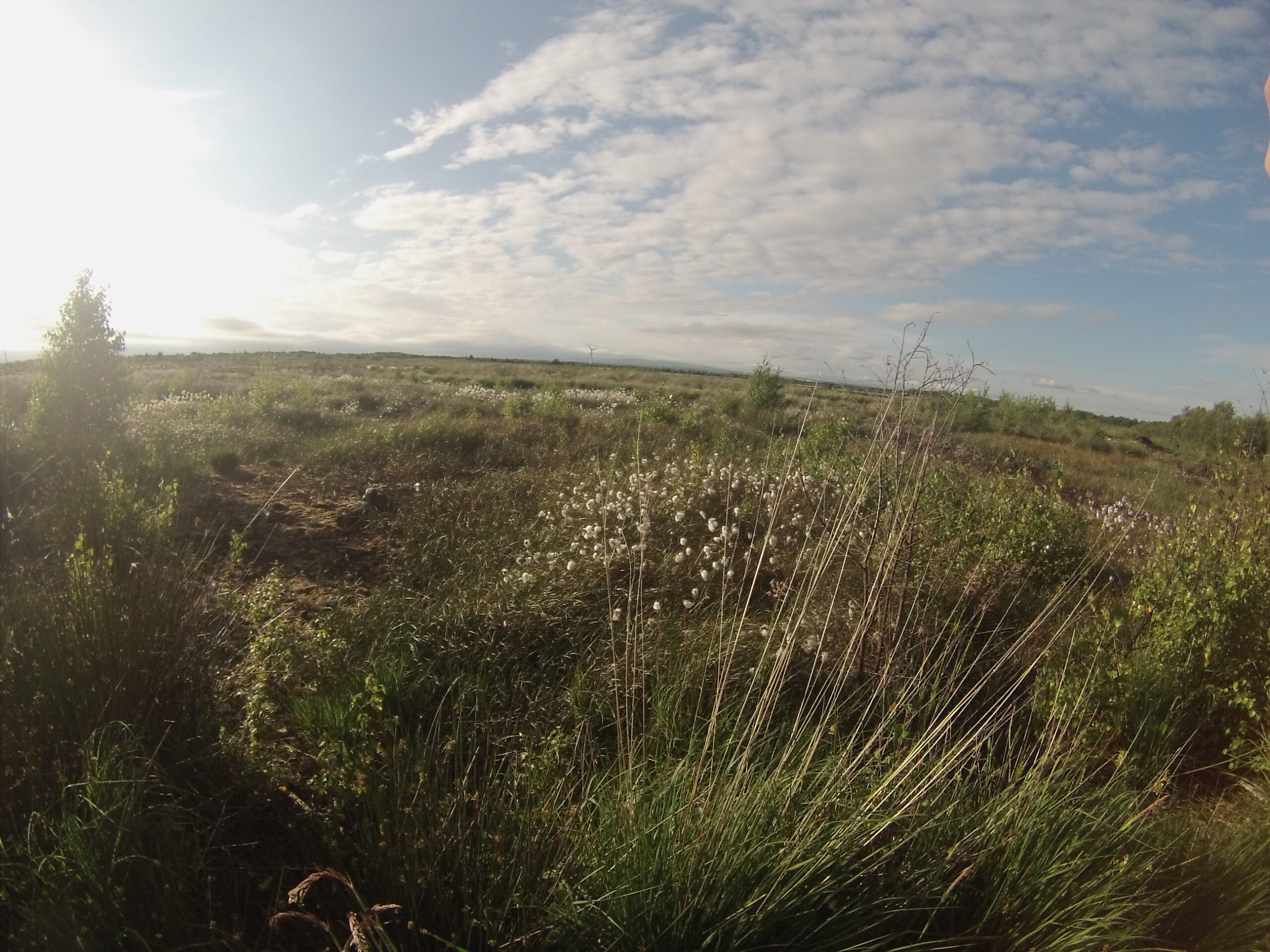
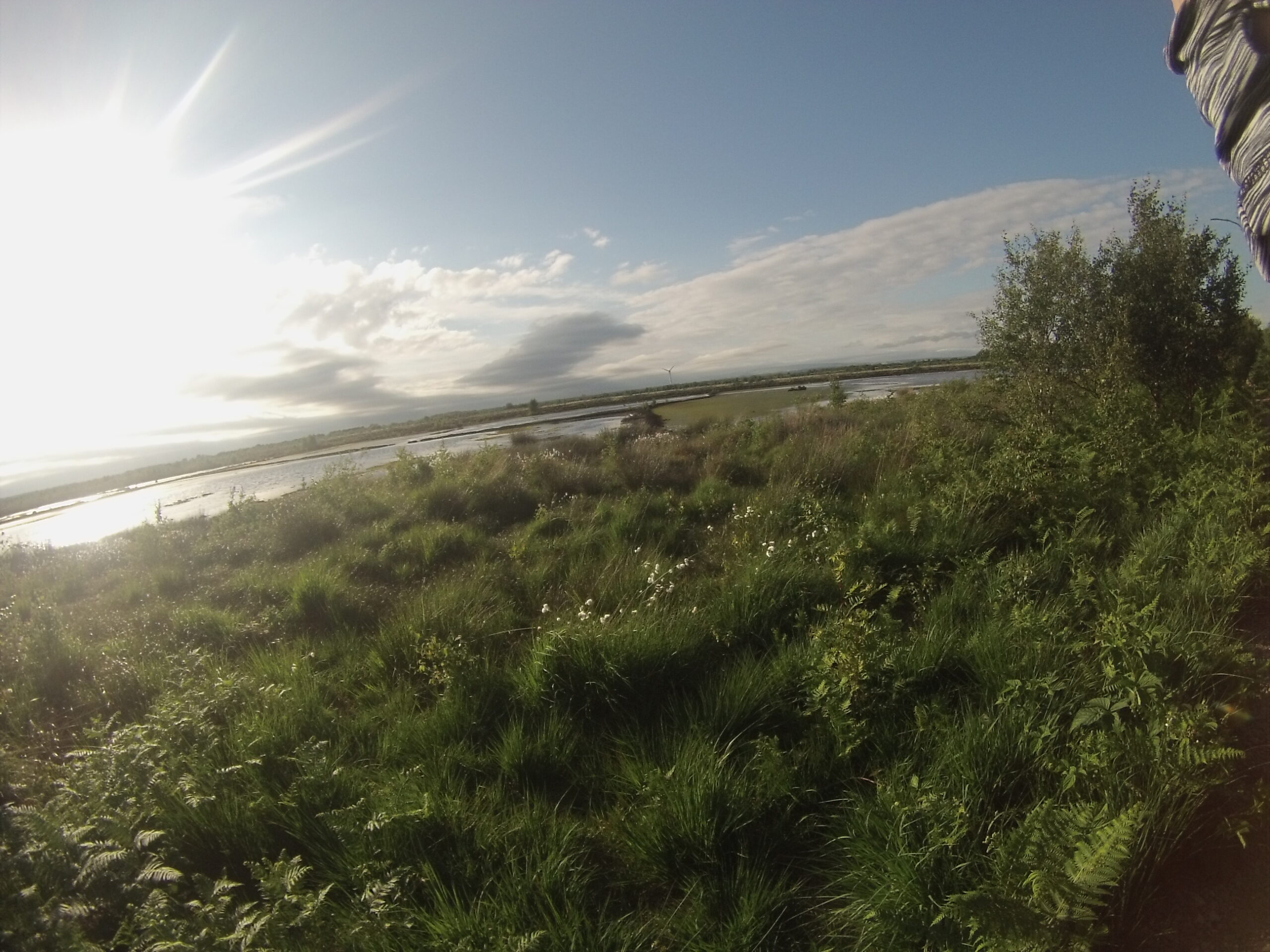
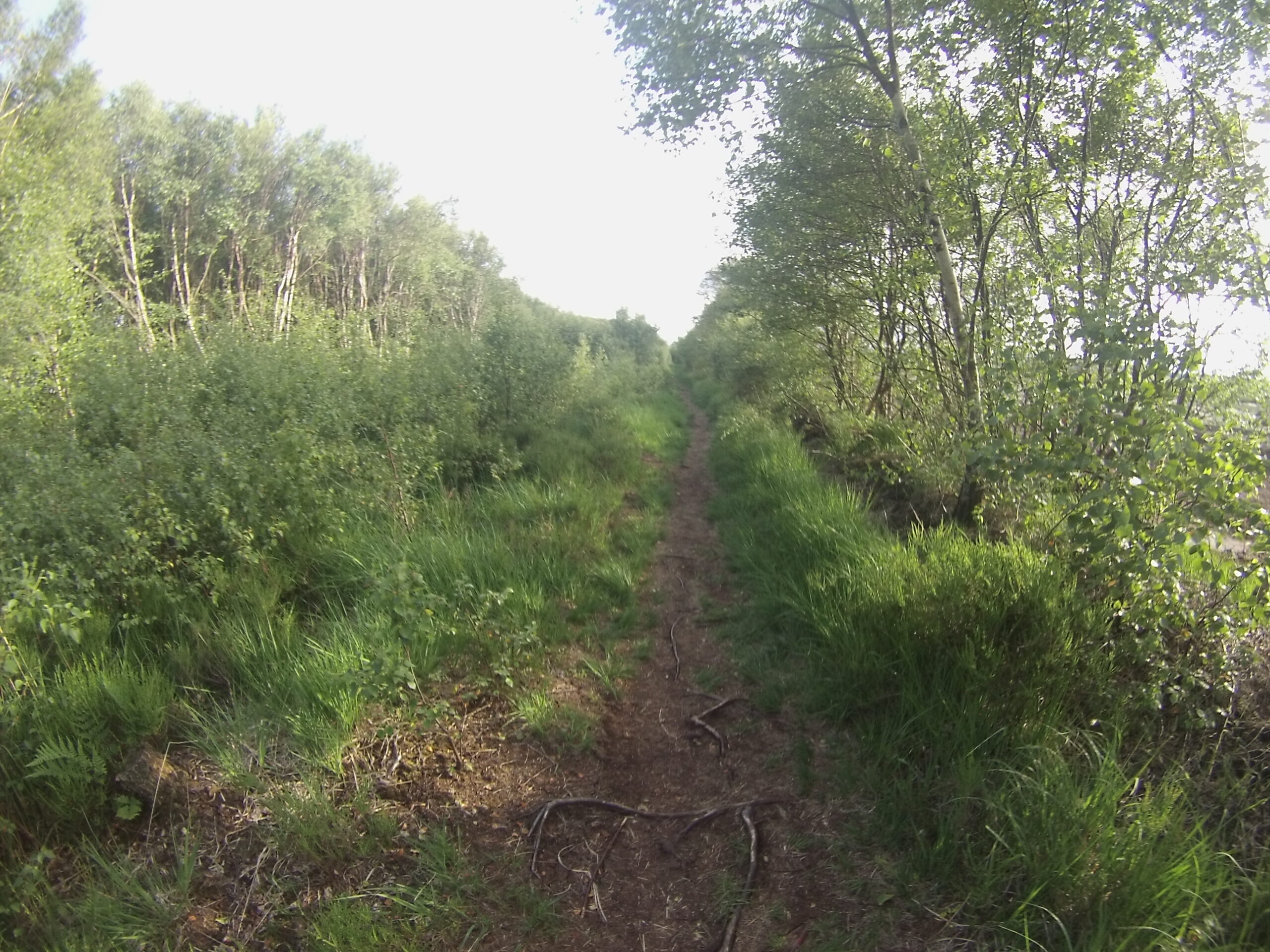


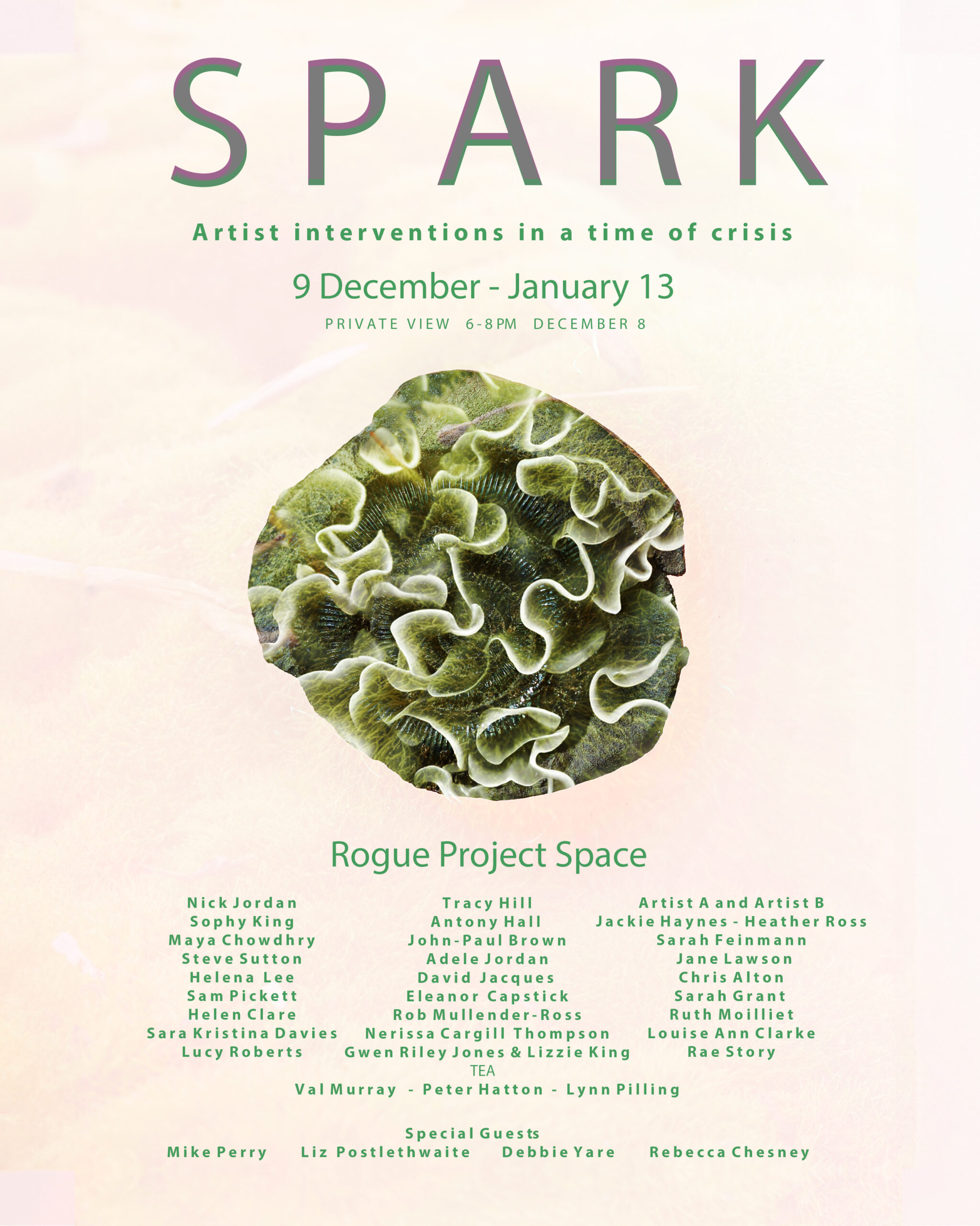
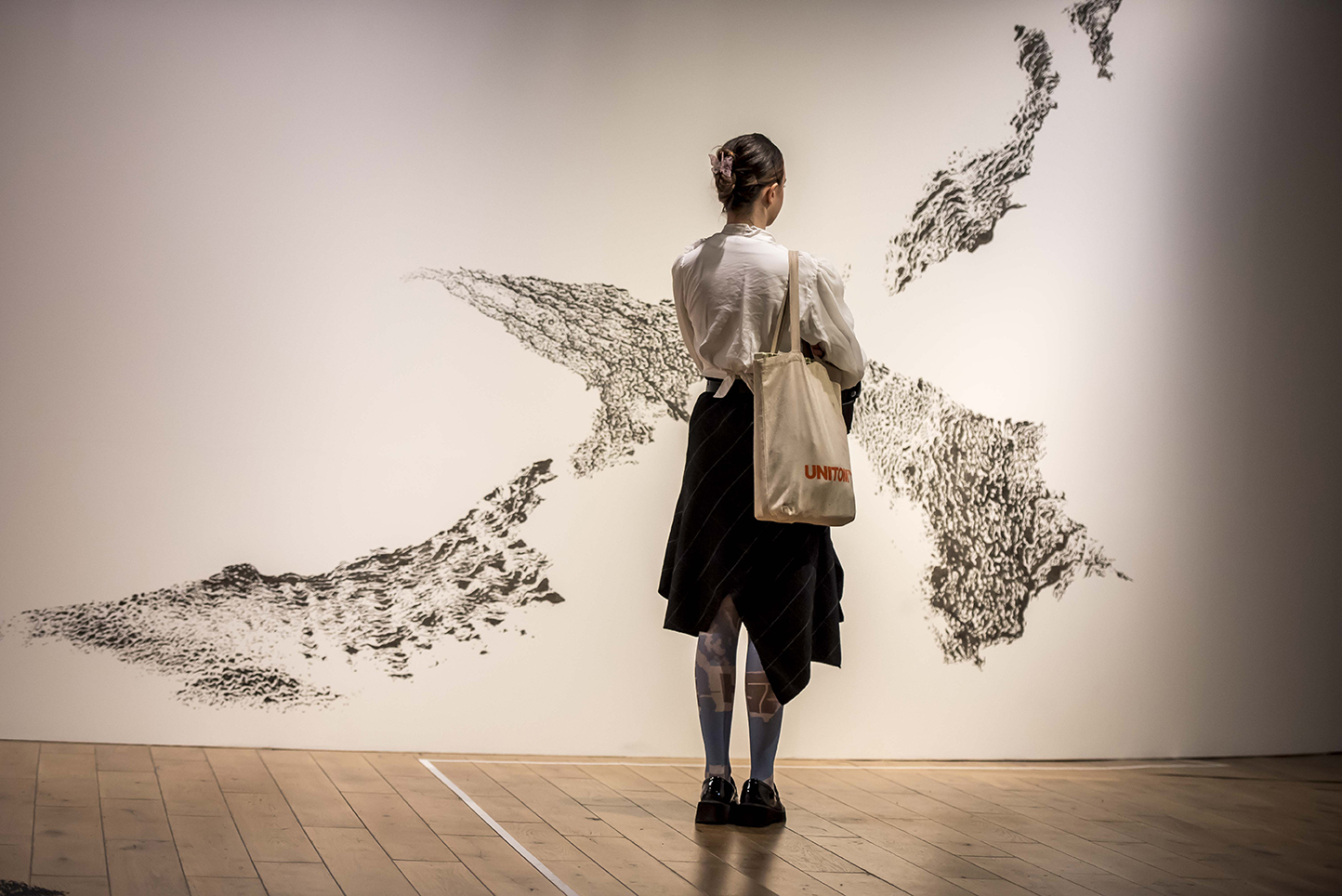

Leave A Comment